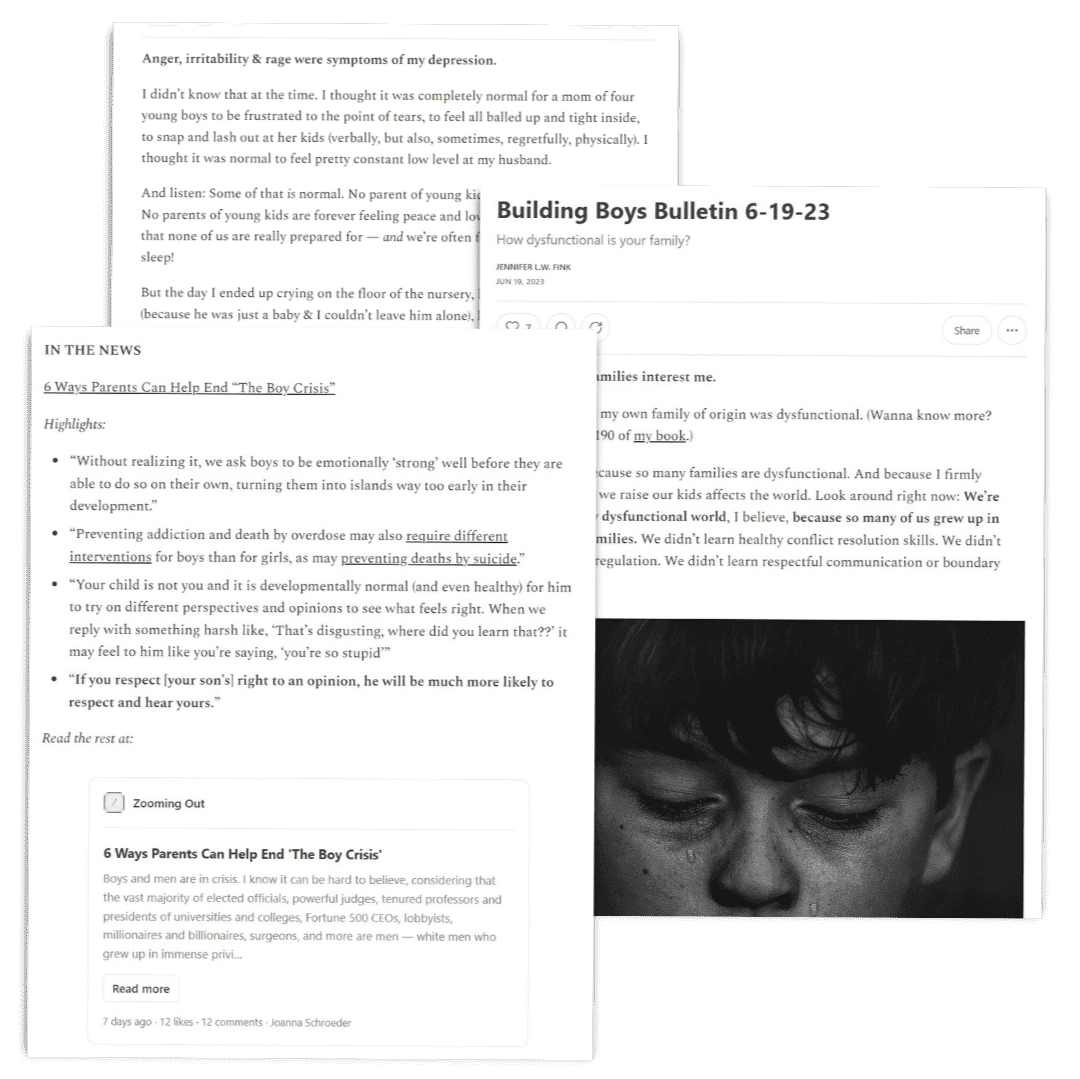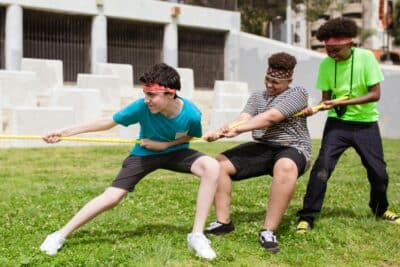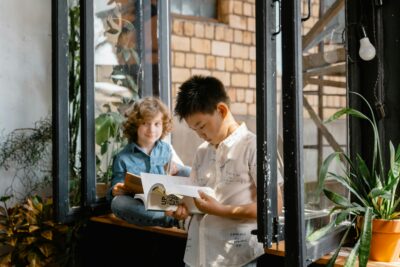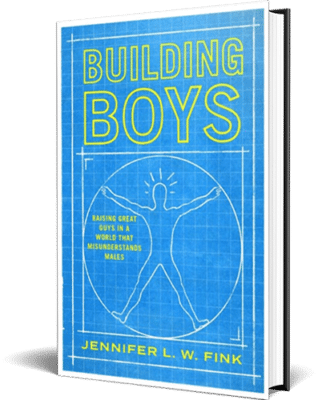Have you seen the Boston Globe article about how babies learn?
The 2011 article, “A Squeeze, a Squeak, a Glimpse of Learning,” provides fascinating insight into how young children learn — and why, perhaps, our schools aren’t as effective as they could be. In one interesting study, researchers handed preschoolers a complex cause-and-effect toy. Researchers showed half the kids how the device worked; the other kids were simply left to figure out the toy on their own. Guess which kids investigated the toy more thoroughly?
From the article:
Those who were explicitly taught how to make the toy squeak played with it for less time and discovered fewer functions than those who did not receive a tutorial. How children learned that the toy squeaked also affected their behavior. When the adult seemed to accidentally trigger the squeak instead of explicitly showing them how to use the toy, children explored more and discovered more aspects of the toy than when they received instructions.
The Globe says that, “teaching can…limit children’s impulse to investigate and test their own ideas, and how something is taught to a child can affect his or her exploration.” Is it any wonder that children who are force-fed knowledge for state-mandated tests show very little curiosity or true learning? By giving them the answers, we’ve taken away all the fun!
Children are, by nature, curious learners. From little on, they’re constantly investigating the possibilities. They’re driven, instinctively, to learn how the world works. So they invent experiments (What will happen if I mix my mashed potatoes into my milk?), observe the results and adjust their knowledge of the world accordingly. What kids need to learn is 1. Time, 2. Space, 3. Access to Materials and 4. Support. They also need Freedom to Explore, because once you’ve squashed a child’s natural inquisitivenss, it’s pretty hard to re-capture.
Interestingly, the time-space-access-support-freedom framework for learning is common — but not exclusive to — homeschoolers. Sandra Dodd, an unschooler, has frequently said that “strewing,” leaving interesting things about, is an important part of her homeschooling. My homeschooling is much more along the lines of going interesting places/reading about interesting things/doing stuff with the boys than stuffing specific knowledge in their skulls. And the best schools seem to understand that allowing children to discover knowledge on their own is much more effective than rote learning. One thing I’ve been pleased to see at the schools my boys attend part-time: multi-sensory, project-based approaches to learning. My oldest son, for instance, learns language arts while also learning about civil rights. My second son’s teacher will give students multiple options (act out a play, write summary, create a character) to demonstrate their learning.
What do you think of the time-space-access-support-freedom framework for learning?







3 Responses
I think that what the Boston Globe article said is somewhat obvious to mothers, but perhaps not. It is certainly obvious to me. Children need unstructured learning opportunities as much, or even more, than structured learning. Having interesting games to play with children is beneficial, but sometimes you just leave the child to their own devices. It’s even better with brothers and friends!
There are other studies about similar things and they come to similar conclusions.
Great post! Along the same lines is an article I found at http://www.slate.com/id/2288402/, which contains studies and findings geared to the preschool and kindergarten level. I’d like to know what you think about it. Liz
The Slate article was another great look at these studies. I particularly loved these lines: “it’s more important than ever to give children’s remarkable, spontaneous learning abilities free rein. That means a rich, stable, and safe world, with affectionate and supportive grown-ups, and lots of opportunities for exploration and play.”